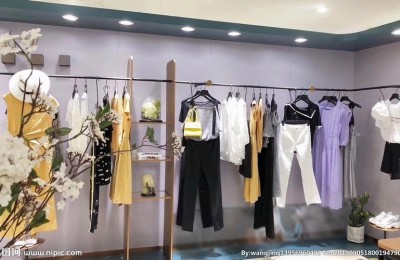If you ask the owners of the weaving factory “How is the market recently?”, the answer will always be “good, hot!” However, when the business of the weaving factory owner is booming and he is very happy, has anyone noticed that the owner of the printing and dyeing factory is secretly feeling sad on the sidelines? The author learned that the business of the printing and dyeing factory has not been very good recently, and there is basically no need to queue. However, as soon as the news came out two days later that the printing and dyeing factory had limited production by 50%, it turned out that “the house leaked and it rained all night”! The image of the owner of the printing and dyeing factory crying and fainting in the toilet has emerged in the author’s mind…
Two days ago, the news that the factory had limited production by 50% went viral on social media. As the reason for the production limit, everyone pointed the finger at environmental protection. The annual environmental protection season is here again! No matter what the reason is, once the policy comes down, we can only implement it.
What impact will production restrictions have on textile companies?
From April to May this year, the market ushered in the peak season, and both weaving and printing and dyeing factories were doing brisk business. Since June, the market has fallen in just a few days. Due to the rectification and production restrictions of water-jet looms in Jiaxing and other places, the Shengze weaving industry is still in full swing, with people queuing up to get goods. As for printing and dyeing factories, there has been an impact and there has been an obvious decline. It can be said that the good times will not last long. Just when the owners of the printing and dyeing factories were worried about the off-season, the bombshell of limited production fell from the sky, catching them off guard. The author learned that the printing and dyeing factories did not take any countermeasures. After all, the incident happened suddenly and it is not known when production will be restored. Most printing and dyeing companies are in a wait-and-see state.
Although the business of printing and dyeing companies has not been very optimistic recently, this incident still has a great impact on them. Relevant personnel of the printing and dyeing factory told the author: “It’s over now. No work can be done, and the output value has dropped.” Both the printing and dyeing industry and the water-jet loom industry have encountered production restrictions, and the weaving industry has become a “red and purple” dominance. In the textile market, the author can’t help but wonder whether the printing and dyeing industry will also cause such a big wave. To this end, the author conducted a survey with some relevant personnel in the printing and dyeing industry, and most of them said that it would not have much impact, but would only affect delivery time and output.
Are printing and dyeing companies taking advantage of the trend to increase prices?
For textile people, price is definitely of particular concern. Many people said that printing and dyeing factories may take this opportunity to increase dyeing fees. This morning, some printing and dyeing companies have announced increases in dyeing fees. Environmental protection efforts are getting stronger and stronger, and the requirements are getting higher and higher. The cost of investment by enterprises is also getting higher and higher. The increase in dyeing fees is also reasonable as expected. Some people from printing and dyeing enterprises said that the dyeing fees will not increase at present. In the next few days, the author will continue to pay attention to whether companies that have not yet raised prices will follow suit and increase prices.
Trading companies are suffering deeply and feel tired.
For trading companies, this is tantamount to a big blow. The queues to get gray fabrics have already caused them trouble. Now that the printing and dyeing industry has limited production, there will be queues in dyeing, which means they will spend their days in queues in the future. The most direct consequence of queuing is the delay in order delivery. Some may have delay costs to bear, which makes the boss of the trading company feel tired. At this time, the author just wants to silently give a warm hug to countless textile people. Hold it in, let’s not cry, the light is right in front of us!
Faced with the introduction of various policies, it can be said that some are happy and some are sad! However, the author believes that this production restriction will not last too long, because the production restriction of water-jet looms has already caused trouble to the market, and the two-pronged production restriction of printing and dyeing will put pressure on the market. Finally, the author hopes that textile companies can tide over the difficulties together and usher in a better future!
</p






